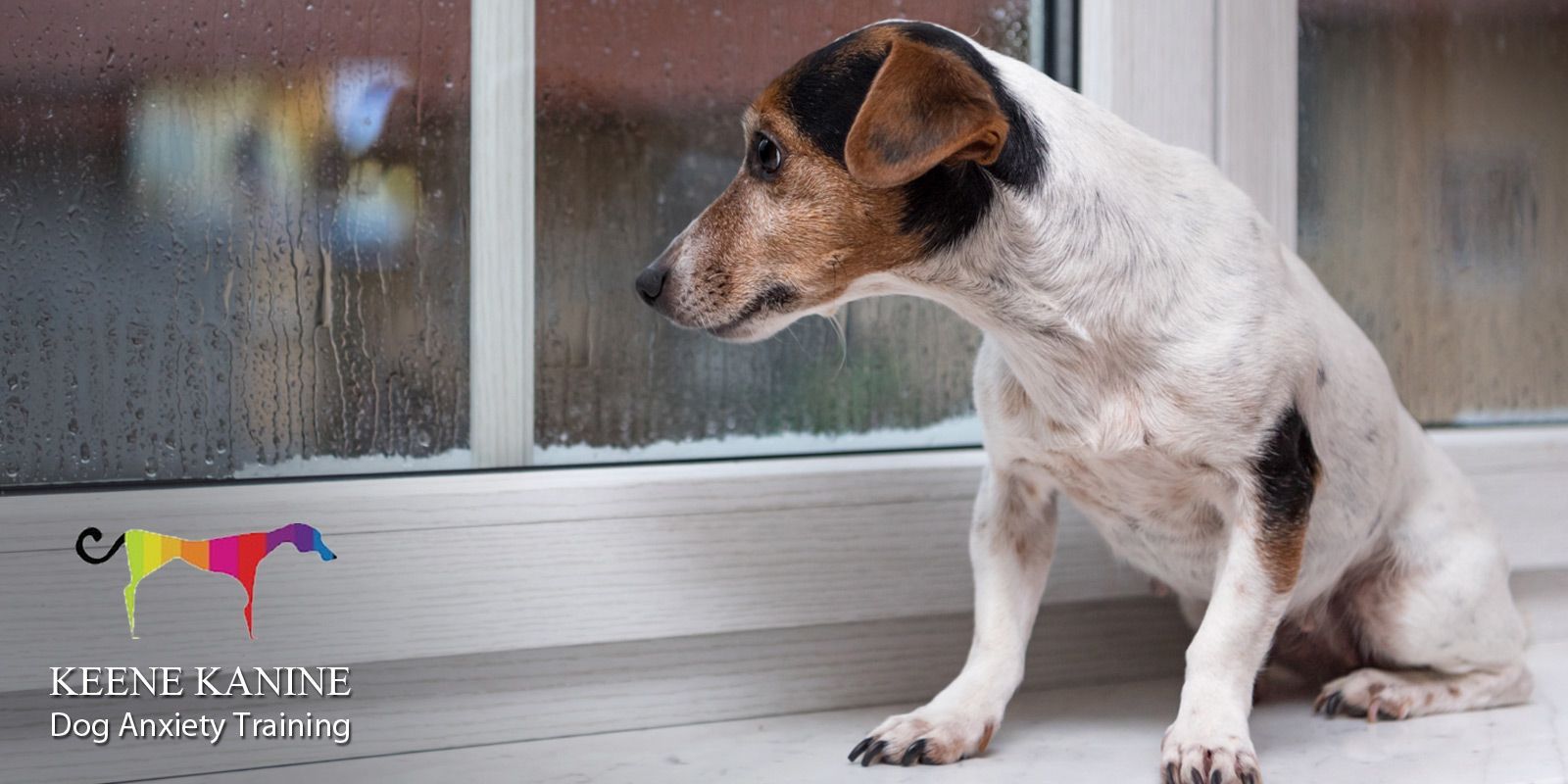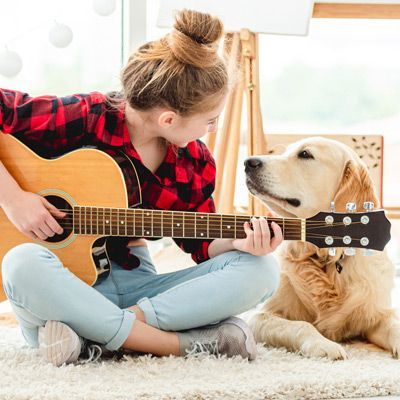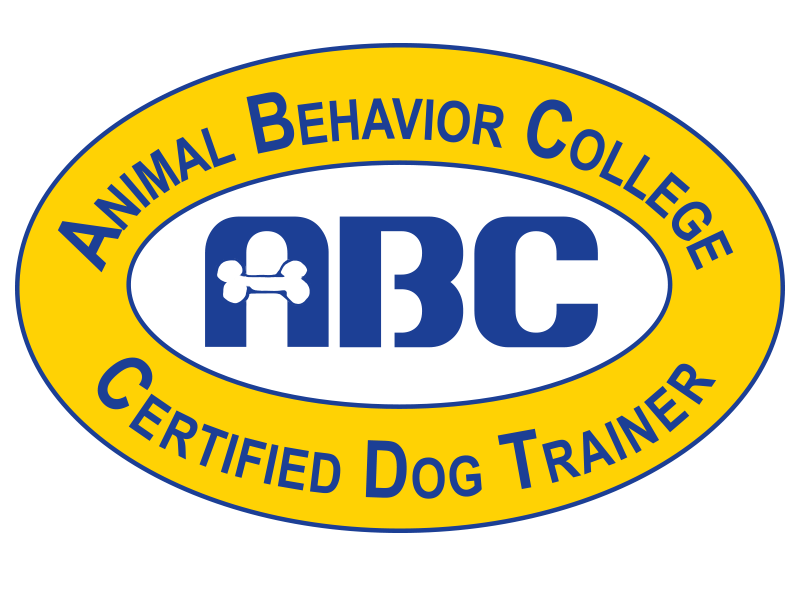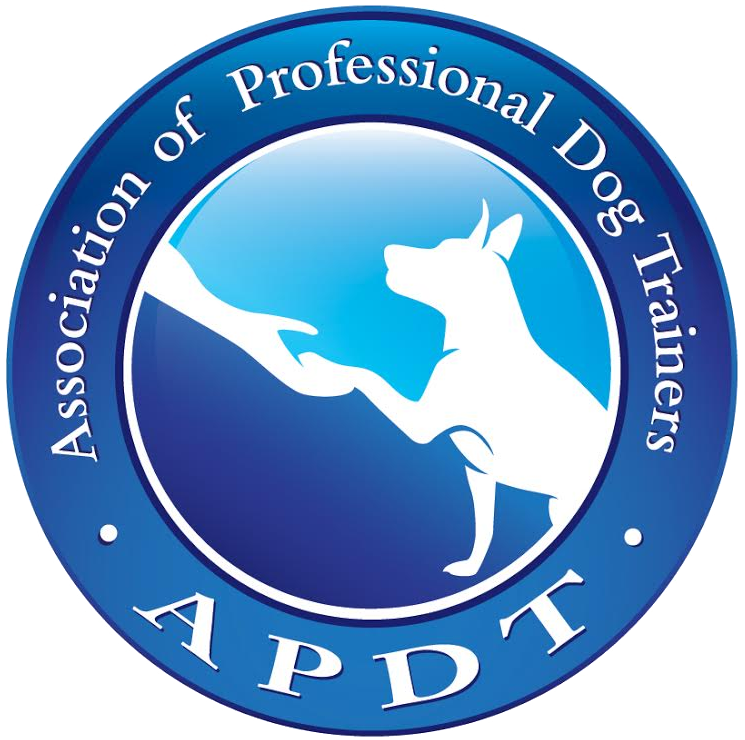Anxiety Dog Training by Maureen Keene of Keene Kanine
With my anxiety training, you will have a helpful and knowledgeable partner on the path with you to find these solutions for your dog. With some anxiety training and knowledge, your dog will be on the way to a better life where he can relax, be free, and let go of his imaginary fears and anxieties.
-Maureen Keene, Anxiety Dog Trainer
Anxiety Dog Trainer in Long Beach and Serving all of Nassau County, NY
When I get a call about a dog with anxiety, it is usually a rescue dog. That is understandable as they have probably come from a shelter after lots of transport, and now they are in a new home, which is all bewildering. This could set off anxiety in a usually relaxed dog, so the chances of needing anxiety training are high with many rescue dogs.
I have solutions to help them overcome their fears and overcome their anxiety to live a better life. Some dogs have anxiety issues due to their genetics, which I also address regularly. Additionally, some dogs have anxiety due to trauma over a past event that repeatedly plays in their head and becomes crippling.
When I start working with a dog with anxiety issues, I first want to determine what kind of anxiety I am dealing with and where this anxiety comes from. Sometimes that is not the easiest thing to define. However, as I spend time with your dog, you and I will be able to discern the source or sources of the anxiety we must deal with.
As I start working with the dog and with solutions, I may find other sources of anxiety along the way that I will deal with as they arise. Proper communication skills in place for this training are beneficial. This way, I can be encouraging and rewarding without coddling and further intensifying the fears.
Making counterconditioning fun is essential. The counterconditioning will be more accessible if we can utilize food and high-value food rewards. The level of anxiety will determine whether or not the dog will accept food during the beginning of the counterconditioning.
Sometimes we must bring the anxiety level down a few notches before getting the dog to accept food for counterconditioning. The anxiety is overriding everything else at this point. Often the source of the stress cannot be removed from the dog's life, so we must condition him to live without a negative response. This must be done positively with lots of patience, as many dogs in this state will shut down if they are rushed by impatient training.
Sometimes music can help in the background. My unique training, "the musical dog method," involves singing as a calming message. I utilize it regularly with my anxiety training and often teach it to my clients.
I start with a song, usually something simple that I make up and sing and insert during calm pinpoint moments to recall the calm behavior later when introducing this song. This is my own personalized song therapy, and I utilize it in many aspects of my work with dogs.
Music in the background benefits many anxieties, and I like to utilize that with separation anxiety for when the dog is alone. No single thing is going to change the anxiety. However, a combination of tools used together with time will change and minimize the separation anxieties.
With separation anxiety and many other anxieties, you discover a series of small events leading up to the culmination of the peak of the stress. As I work with the clients, we discuss and pick apart the separate events that link together, leading to pivotal moments of the anxiety we want to avoid.
As we disassemble them, we can dismantle the culmination of the anxiety event and ultimately eliminate or drastically reduce the reactive anxiety. As I mentioned earlier, many anxieties are not reactively due to specific triggers but anxiety that is often in their genetics.
I worked with a young 7-month-old dog with crippling anxiety around certain things in the home. He was a sizeable Swiss mountain dog. As we worked through one trigger and were able to get him through that, he would develop anxiety regarding something else, and we were eventually able to figure out a way to work him out of these fears before they got too deeply ingrained.
At one point, his new fear and anxiety was resisting walking on the wood floors in the home, so he was barely able to walk in his own home for a short time until we overcame the anxieties. Then, finally, we recognized his fears and anxiety as genetic. This way, we could stop thinking about what caused this and move on with our solutions.
We did not use calming medication in this case, but often it can be a helpful tool to bridge over during the training. This helps to allow some of the counterconditioning and some of the approaches necessary when the anxiety is too high.
Some dogs remain on medication if necessary, and some are on medication for only a temporary period. Medication is never my first tool of choice, but often it will come up in a situation where extreme anxiety is present during my anxiety training. Medication is often used during spot moments of anxiety, for example, for the Fourth of July fireworks or thunderstorms.
My dog has always been afraid of fireworks since I adopted him seven years ago. He is a discarded hunting dog, so he was probably fearful of a gunshot which is unacceptable for a hunting dog. Initially, he did not care about rain or thunder but reacted negatively to severe storms. Then he extended it to getting upset and anxious during rain and just light rain.
I realized I had to intervene and help him overcome his anxiety. I worked with counterconditioning and with my music therapy, and also, sometimes, simply ignoring him helped by not putting a face on his fears.
He overcame this behavior and rarely reacts negatively during these times anymore because of my anxiety training.
Discussing a dog's anxiety and anxiety training is one thing, but it is nothing compared to witnessing a dog during its anxiety state. It is as if they are in a trance or a stupor, and often they cannot be reasoned with.
If they have anxiety in a crate, they will be drooling, and they may be completely soaking wet when you take them out of the crate even though they have not done potty in there. When my dog used to have his anxiety, he would act unreasonably as if he needed to run out the front door or dash out the back and run his anxiety off, and I had to do everything I could to keep him from getting near the door.
This is not the kind of behavior you can live with long term, and I am here to help anyone locally who needs it with their dog's anxieties. My anxiety training will include listening to all of your concerns regarding every nuance that you feel could be possibly affecting your dog. As I mentioned, new triggers for anxieties will crop up as we eliminate the old triggers.
Contact Maureen for a Free Dog Training Consultation!
With my anxiety training, you will have a helpful and knowledgeable partner on the path with you to find these solutions for your dog. With some anxiety training and knowledge, your dog will be on the way to a better life where he can relax, be free, and let go of his imaginary fears and anxieties.
Let's introduce your dog to Maureen and see just how well they get along!
Please contact Keene Kanine today!








